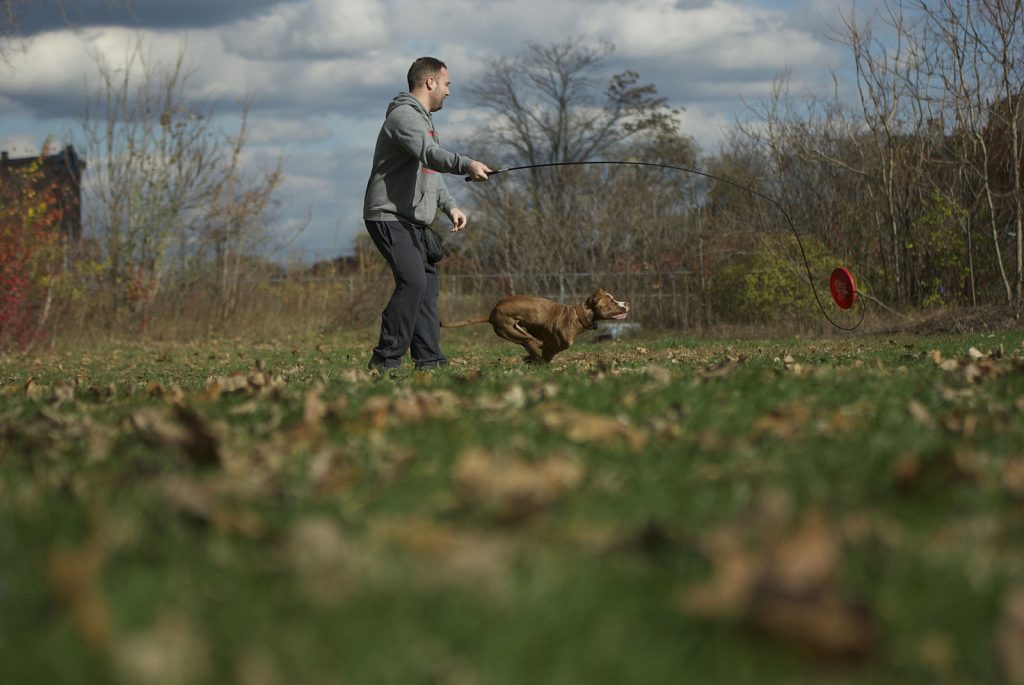
On Engagement in Dog Sports and Dog Training
Engagement™ is a huge buzzword these days in the dog training world. I think it’s taken over Rear End Awareness™” and Core Strength™.
We’ve been doing Engagement, professionally, for 12 years now, and we’ve got a killer track record with clients and friends. Rescuing dogs from critical mechanical problems with toys and engagement and turning drive challenged dogs into working dogs and plastic addicts.
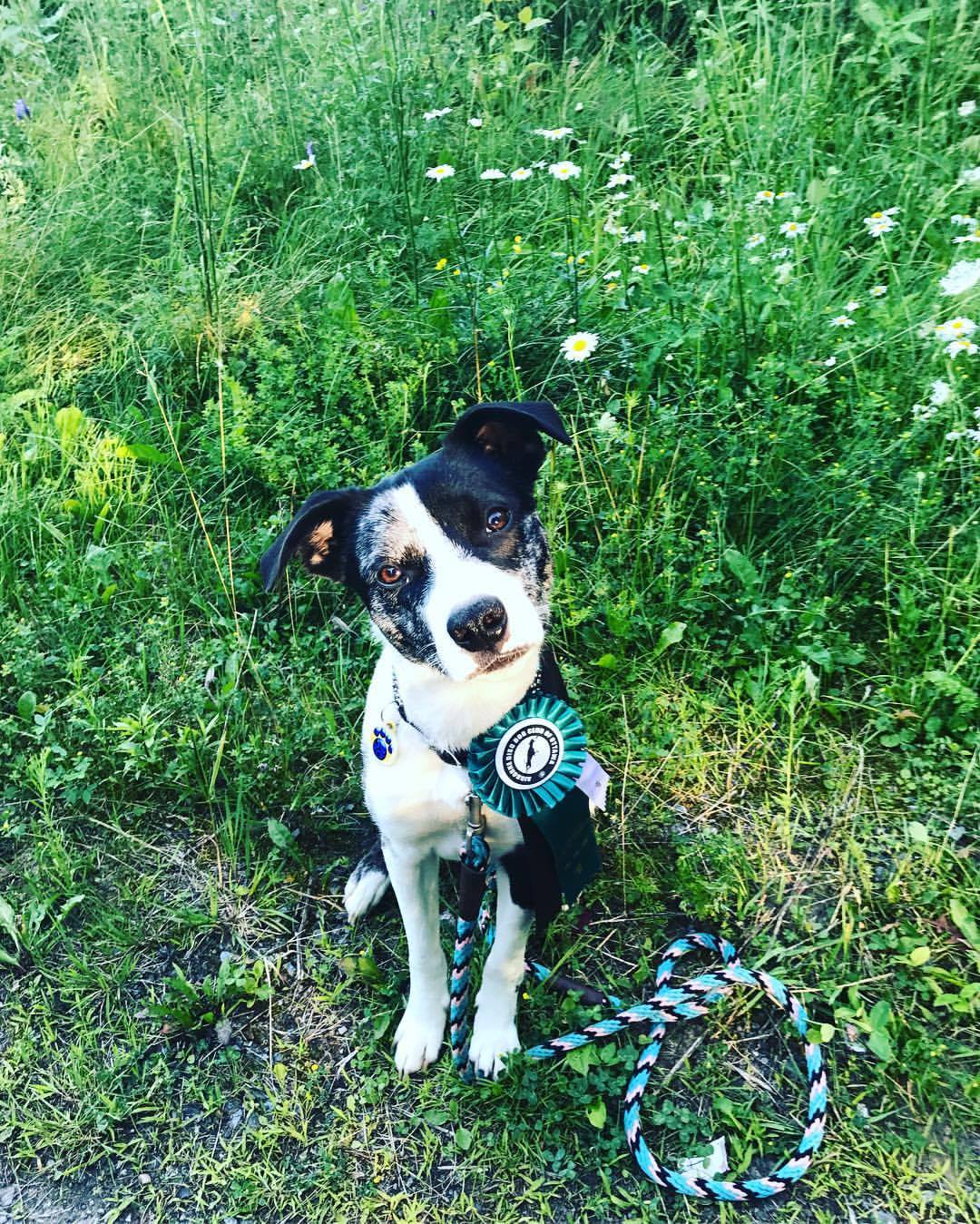
We pioneered and publicized most of the +R engagement tools being used out there:
- Bitework
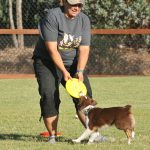 Bitework is an activity or a game that consists of biting and dropping a toy on cue. Cued Bites and cued Drops (and Gives) can be used to teach and reinforce many behaviors.... More 2003
Bitework is an activity or a game that consists of biting and dropping a toy on cue. Cued Bites and cued Drops (and Gives) can be used to teach and reinforce many behaviors.... More 2003 - Pedestals 2006
- Dismissal
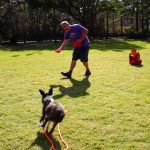 If a dog is dismissed, it means the handler is "off limits". Dismissal does not mean the dog has to leave, just that the handler is not available. Dismissal is a valuable drive... More 2006
If a dog is dismissed, it means the handler is "off limits". Dismissal does not mean the dog has to leave, just that the handler is not available. Dismissal is a valuable drive... More 2006 - Look at That (Thanks Leslie) 2006
- Attention 2003
- Owning the DropShorthand for “stimulus control over the Drop behavior” Owning the Drop is a key part of disc dog freestyle. You can play the game of disc without Owning the Drop, but your game,... More 2005
- Bite CriteriaCriteria is a key concept of dog training. Criteria is what exactly the handler is looking for out of the dog at any given time as a metric for success. Criteria is the... More = Removal from Hand 2009
- No Such Thing as a Suicide Rabbit (Thanks Marcus) 2003
So we know a bit about engagement. It is important. The reason that I mention that stuff is that I’m getting ready to contradict a bunch of dog training orthodoxy.
Stop Trying to GET Engagement
If the handler has to get engagement, something is wrong. Getting engagement is NOT the responsibility of the handler. It can’t be.
It is the dog’s job to get the handler to engage. You can’t make that happen and you shouldn’t have to. The dog should know how to motivate the handler to create engagement.
Getting Engagement is the Dog’s Job.
Any time a handler comes to me with a drive problem, inevitably they say something like “I can’t get him to…” or “I can’t make him…” These are an honest indication that the handler believes engagement is the handler’s responsibility. Good luck getting making that dog engage.
Set and Reinforce the Rules of Engagement
The handler’s job is to set and reinforce the rules of engagement. To create a game that is engaging for the dog and to shape it into something wonderful that the dog would like to do again.
So often Engagement work is polluted with goals and the rules of games and lacks that exploratory, playful interaction that trips a dog’s trigger and reinforces the act of engagement itself.
Create games that move towards your goal, and if you’re truly struggling with engagement, forget the end product entirely. Set up some rules that teach skills, that are achievable and that teach or reinforce an important aspect of your end goal.
No, Really, Reinforce Engagement…
When people think about the word reinforce in dog training, it is almost always in the Reward or Payment sense.
The title of this section “Reinforce Engagement”, within the Payment frame means to pay for Engagement. Within the Reward frame it means once engagement happens give them a cookie.
Most people can’t pay or reward engagement because it doesn’t happen.
Oh, us astute dog trainers can see it, or an inkling of it, but even then it isn’t happening enough to be capitalized on or is such a far cry from the finished product that it requires a unicorn’s quest of a shaping exercise.
Within the Reinforcement frame, “to Reinforce Engagement” means do something to make engagement more likely to happen. Do you see the distinction? The handler doesn’t have to wait for great or better work to pay it. There is no need to worry that you are sending the wrong message in a game because you’re throwing rewards around. 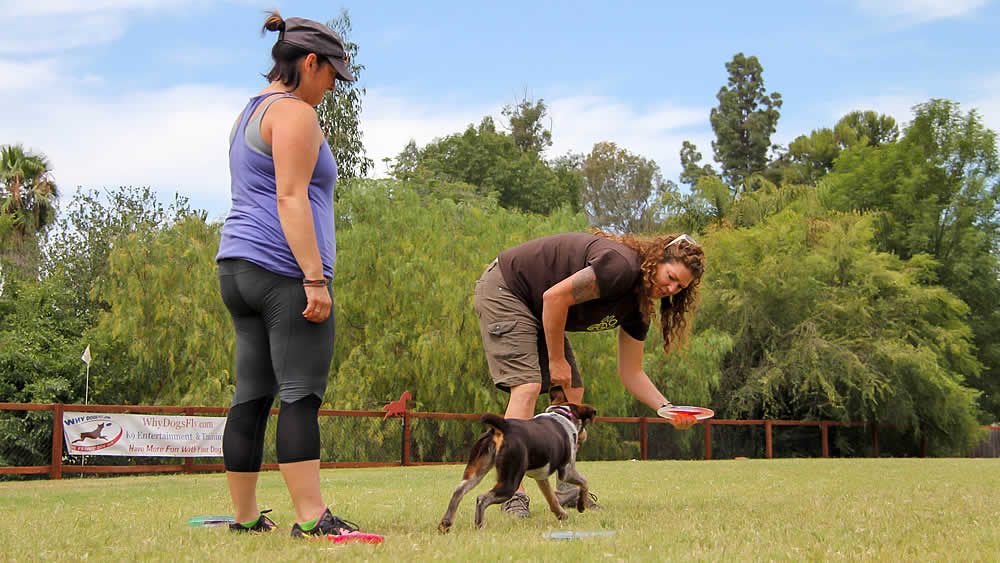
Shift your thinking to Reinforcement; make Engagement more likely to happen in the future. This changes the game entirely. Throwing rewards around willy nilly and paying “shitty work” with strategic gusto are often necessary to create or cultivate a desire for engagement.
If you’re not having fun, what are you doing?
Shaping and Capturing Engagement
ShapingShaping is a learning technique where successive approximation and a Positive Marker are used to teach behaviors and communicate concepts. Successive approximation essentially means continually closer to the target behavior. So Shaping is... More is a great tool for reinforcing complex behaviors; making complex behaviors more likely to happen. It is THE tool to use if we can’t make the dog do what we want them to do.
So where is the shaping and capturing of engagement?
How can you shape and capture if you are too busy trying to make it happen?
Start With Attention, Right?
Everybody knows that the key to Engagement is Attention – eye contact Unsolicited eye contact or Attention is a great way to hook up with a dog. If you have something the dog wants he should give eye contact in order to get access to... More from the dog. We’ve been teaching that, professionally, since 2005. As of about one week ago, I discovered that this might not be the case.
Unsolicited eye contact or Attention is a great way to hook up with a dog. If you have something the dog wants he should give eye contact in order to get access to... More from the dog. We’ve been teaching that, professionally, since 2005. As of about one week ago, I discovered that this might not be the case.
At this point in time I’m moving forward with Dismissal comes first. Dismissal is the natural back chain of Attention, and as such is key to Engagement.
Dismissal First – Go Do Dog Stuff
Dismissal is the first thing we do with a dog that has trouble engaging. It always is the first move. If the dog is dismissed we can freeshape and capture Engagement or the precursors to Engagement. There are no obligations or opportunity.
DOC Environmental Management Protocol
If the dog is giving Attention, the dog is already engaged. Engagement becomes more about paying or rewarding the eye contact to keep the dog engaged than about actually engaging with the dog. This “fake work” allows the dog to turn a nose up to the undesirable “cookie”, at which point in time the handler steps and fetches to get the dog to take the cookie. BTW, this reinforces not taking the cookie… Ouch, eh?
It’s absurd, and anyone who’s had a dog with Engagement issues (myself included) completely knows this. That’s why it’s such a maddening process.
That all changes if you start with Dismissal.
Flip the Script and Attract Attention
 If you start with Dismissal, you’ve flipped the script. The dog starts to try to figure out how to shape the handler because, you know we’re out here and nothing is happening and whatnot…
If you start with Dismissal, you’ve flipped the script. The dog starts to try to figure out how to shape the handler because, you know we’re out here and nothing is happening and whatnot…
A question develops,”What are we doing out here?”
The dog looks in at the handler, and the answer,”YES! BITE!”
Maybe the dog takes the cookie, maybe not, but the dog knows that looking at the handler made something happen. Engagement happened and was reinforced. It will happen again.
Dismiss and Repeat – Go Do Dog Stuff… and let it happen again.
Dismissal is Required for Shaping Engagement
You can’t have engagement without disengagement. That’s a fact.
If you’re having problems making your dog or getting your dog to engage, take ownership over disengagement. Put Dismissal on cue and use it so you can shape and capture Engagement.
Dismiss to start and dismiss early and often, the dog always works to work and always quits wanting more. Sounds like engagement to me.





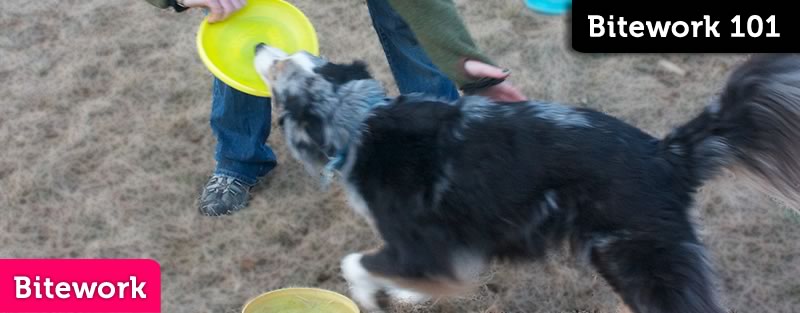
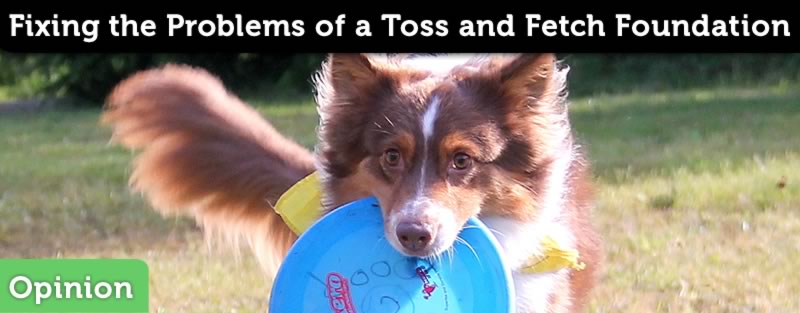
Responses